-
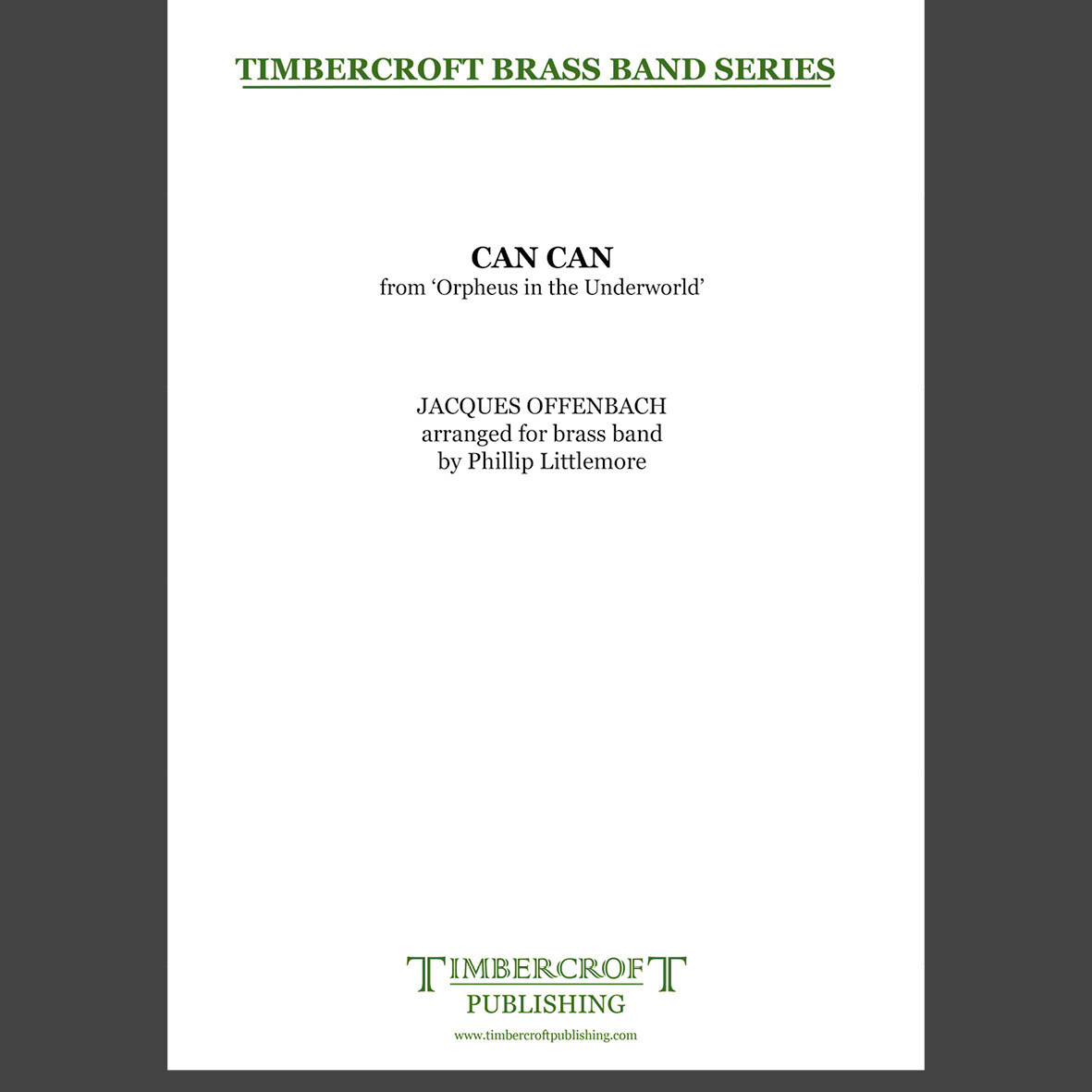 £35.00
£35.00Can-Can from Orpheus In The Underworld - Jacques Offenbach arr. Phillip Littlemore
Estimated dispatch 5-7 working days
-
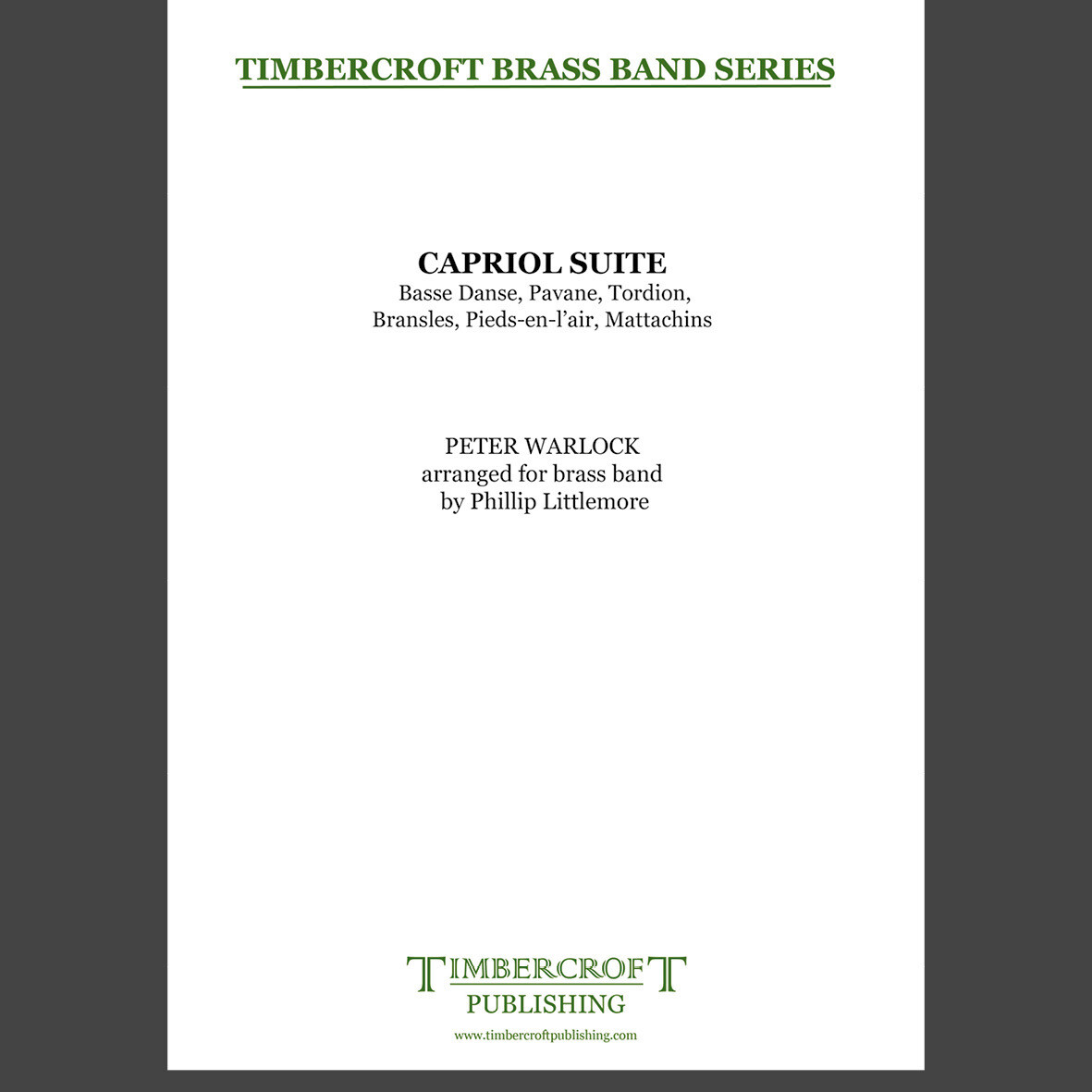 £60.00
£60.00Capriol Suite - Peter Warlock arr. Phillip Littlemore
Estimated dispatch 5-7 working days
-
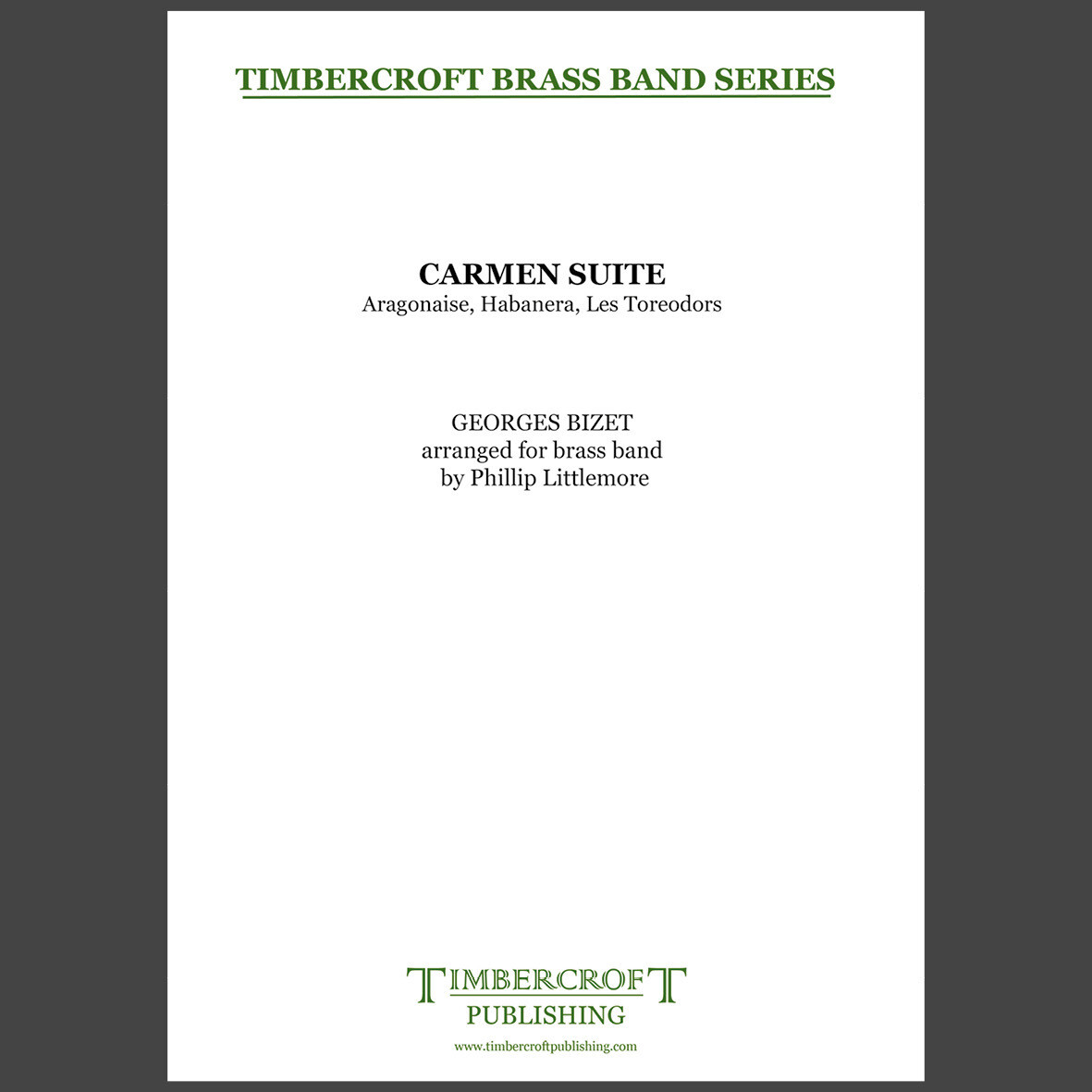 £45.00
£45.00Carmen Suite - Georges Bizet arr. Phillip Littlemore
Estimated dispatch 5-7 working days
-
 £50.00
£50.00Carnival of the Animals
Estimated dispatch 5-7 working days
-
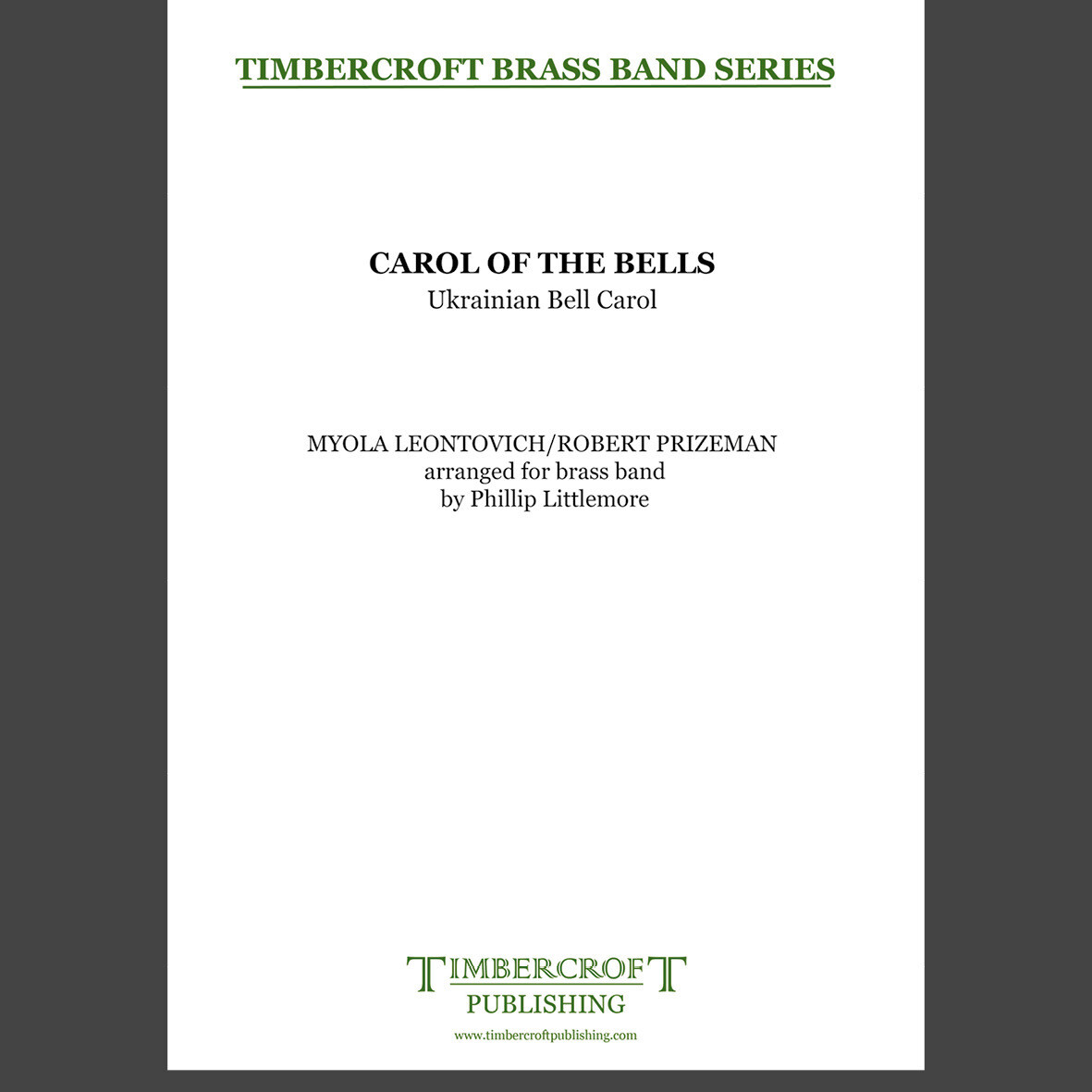 £35.00
£35.00Carol of the Bells - Mykola Leontovych arr. Phillip Littlemore
Estimated dispatch 5-7 working days
-
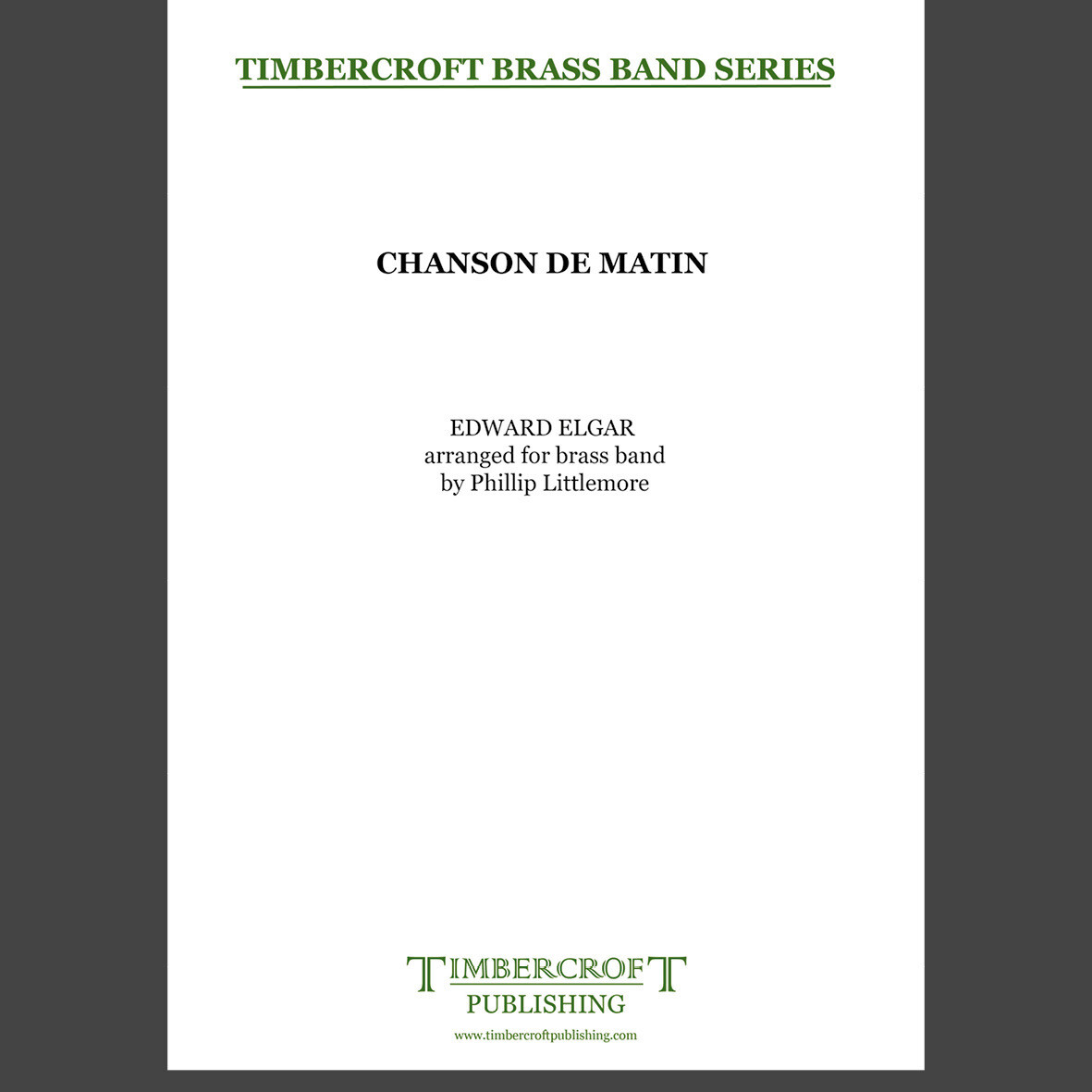 £35.00
£35.00Chanson de Matin - Edward Elgar arr. Phillip Littlemore
Estimated dispatch 5-7 working days
-
 £40.00
£40.00Dance of the Sugar Plum Fairies - Pyotr Tchaikovsky arr. Phillip Littlemore
Estimated dispatch 5-7 working days
-
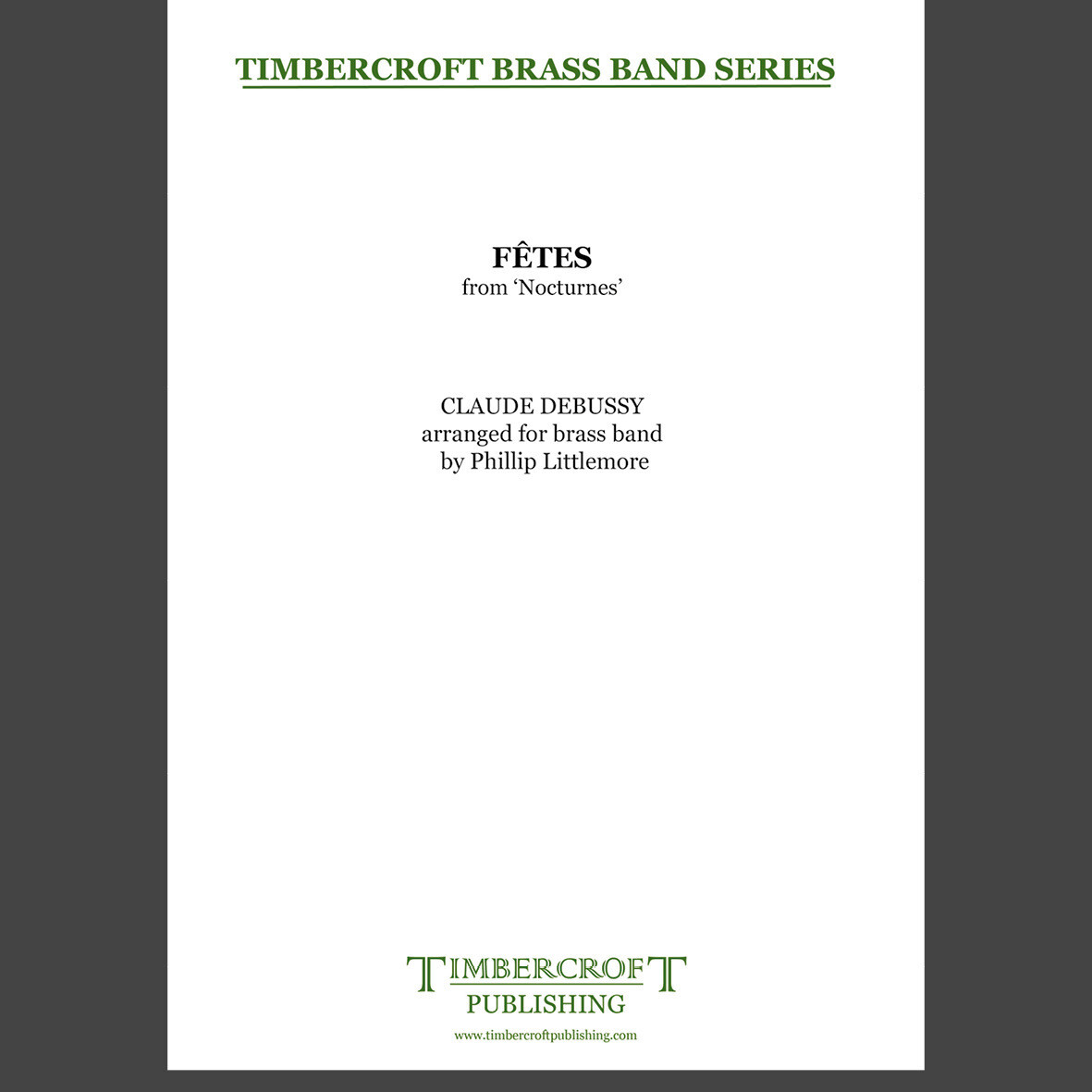 £45.00
£45.00FAtes - Claude Debussy arr. Phillip Littlemore
Estimated dispatch 5-7 working days
-
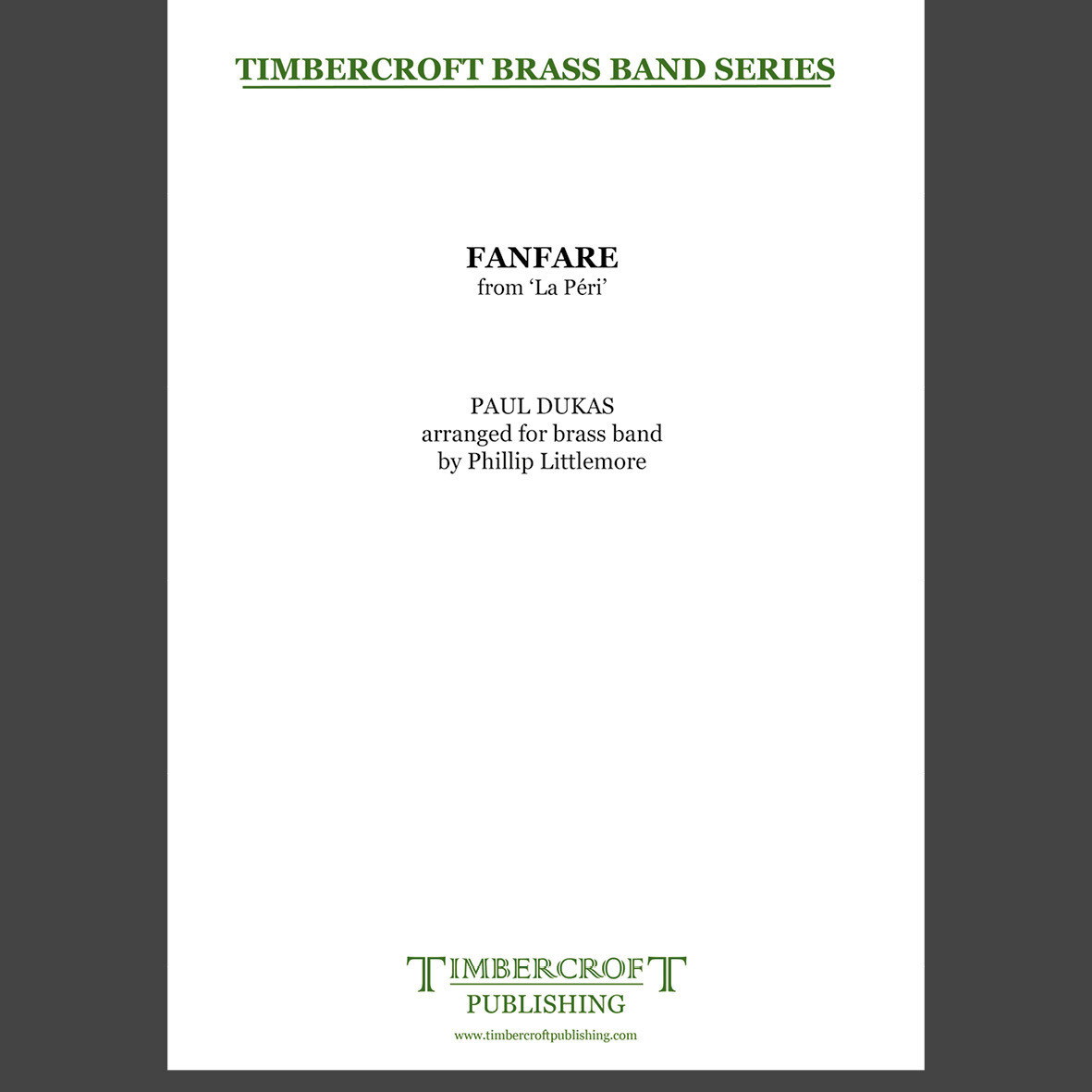 £30.00
£30.00Fanfare from La PA(c)ri - Paul Dukas arr. Phillip Littlemore
Estimated dispatch 5-7 working days
-
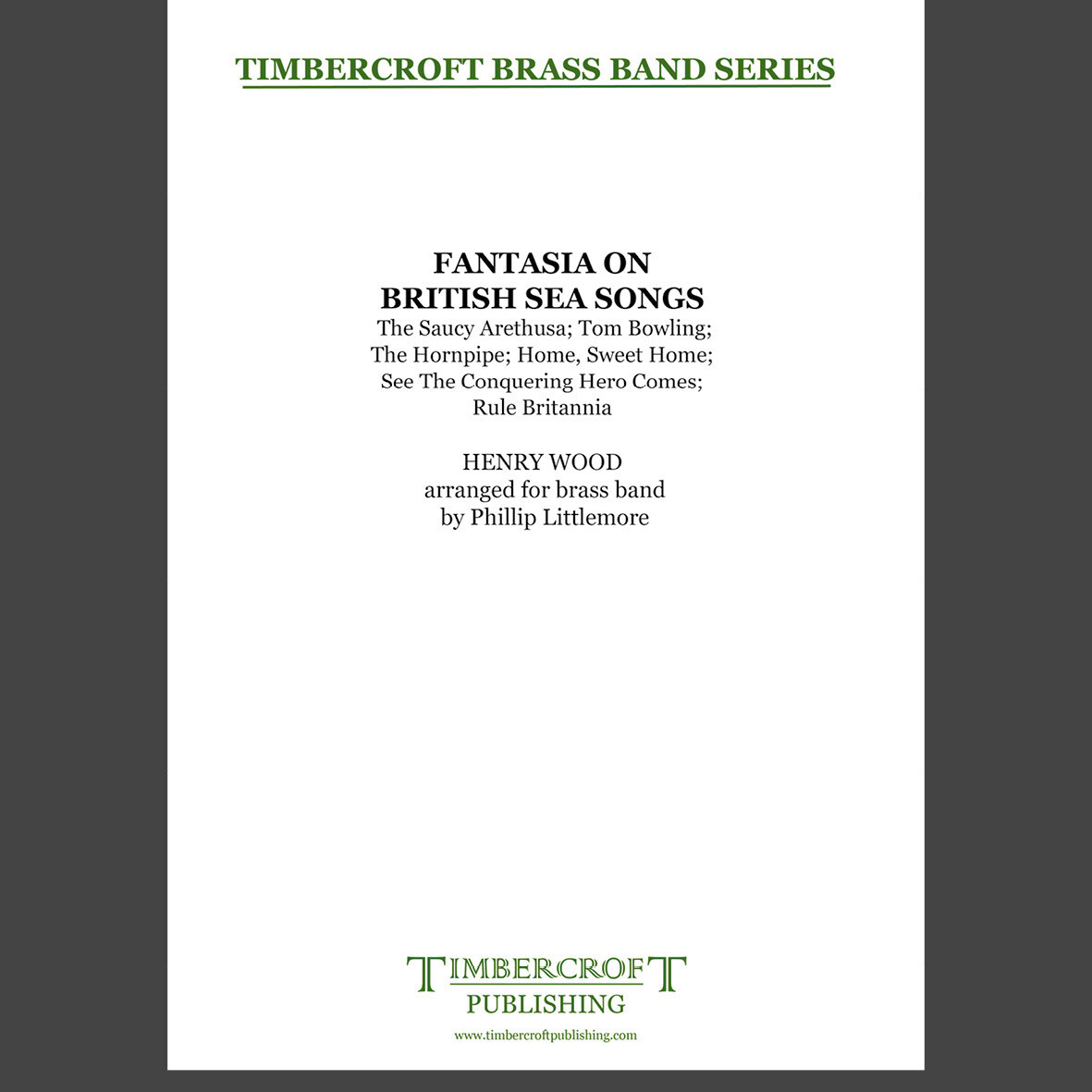 £45.00
£45.00Fantasia on British Sea Songs - Henry Wood arr. Phillip Littlemore
Estimated dispatch 5-7 working days
Searching for Wind Band Music? Visit the Wind Band Music Shop

Sign-up to our mailing list for the latest Brass Band music releases & special offers.
Tel: (07852) 519 763 | International: +44 785 251 9763 | Email: [email protected]
Use the search box below to search for music for
Brass Band | Brass Ensemble | Junior Band | Flexi Band | Solos with Piano | Practice & Solo Books
Brass Band | Brass Ensemble | Junior Band | Flexi Band | Solos with Piano | Practice & Solo Books